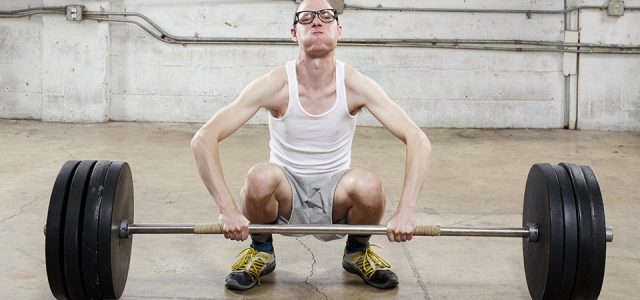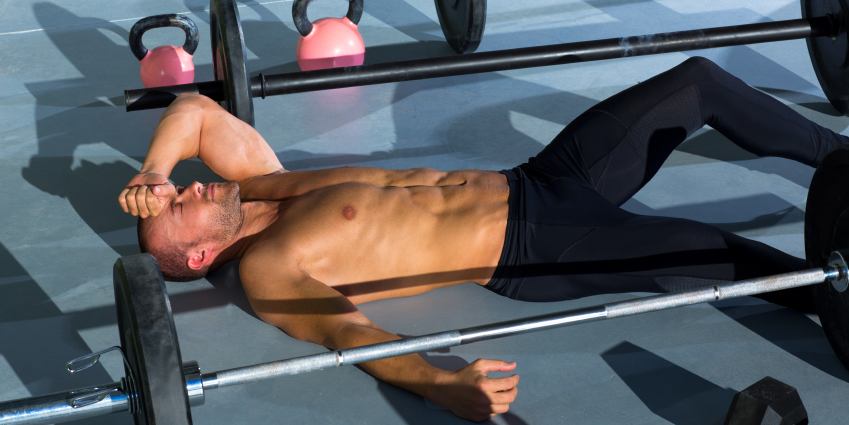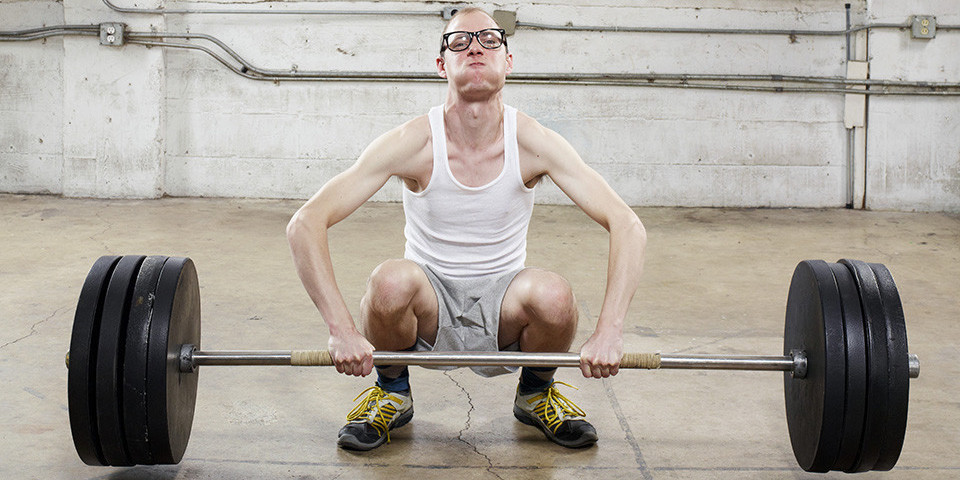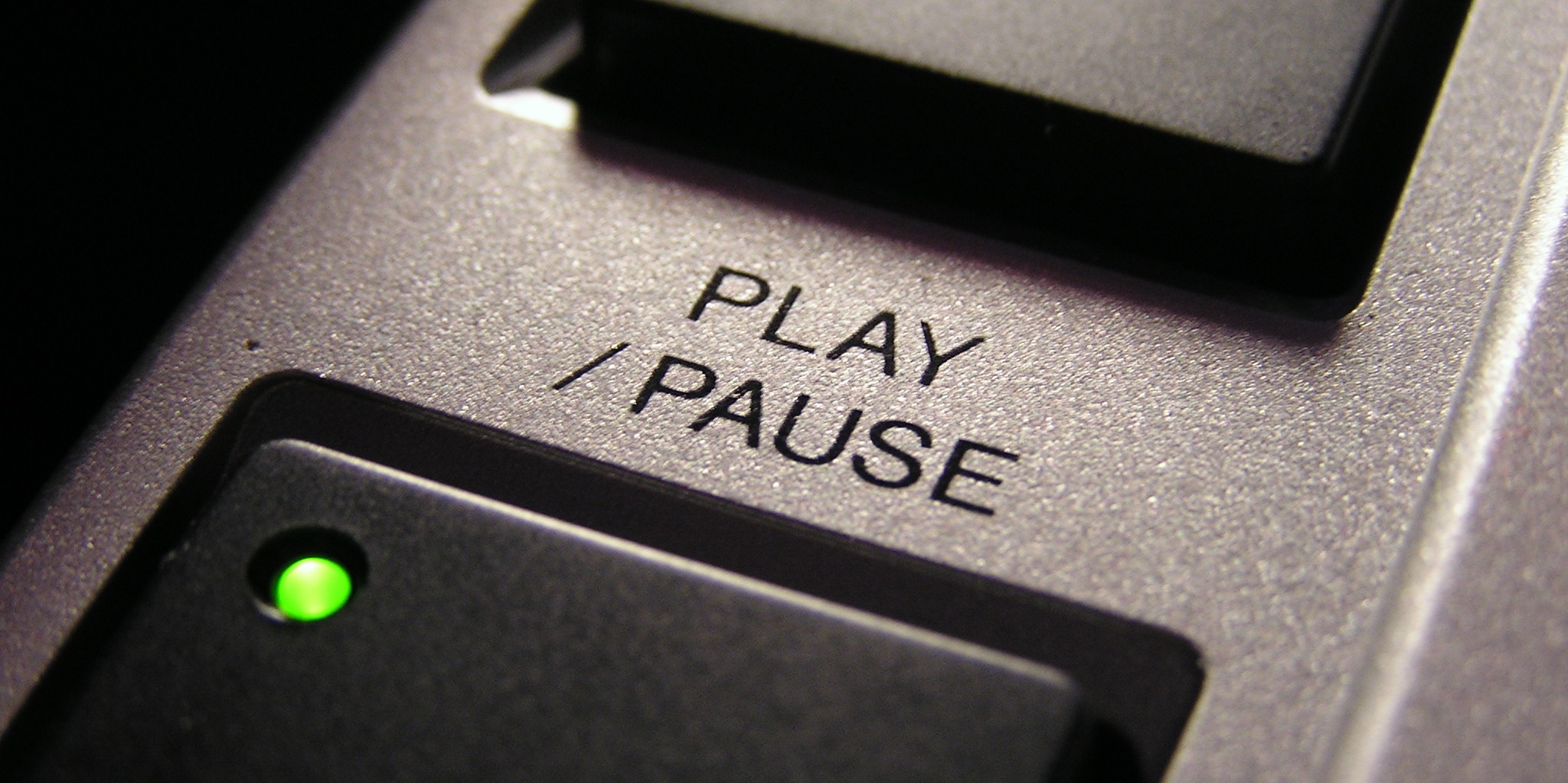To Break Your Strength Plateau Pause Lifting
FitnessLifestyle November 26, 2024 Damon Mitchell

The hardest thing about working out is getting to the gym the first time. After that, it’s smooth sailing, presuming you can get to the gym on day two. Then it’s all about day three, and, well, you can see where this is going.
The daily grind of showing up is definitely the first hurdle. That hurdle is bad enough when you’re just kicking off your new habit.
Most people don’t see the higher hurdle coming until it’s too late.
You’ll stop getting strong at the same pace. It’s in this soft place where many find the first part about getting to the gym more difficult again.
Don’t give up. There is something you can do.
The Ramp Up
Your first few weeks at the gym are exciting and new, but mostly they are gratifying. You experience huge strength gains over a short period of time. It’s not uncommon to wonder if you’re gifted.
Surely, at this pace, you’ll be heading to the 2020 Olympics, right? Wrong. You’re first strength gains are a combination of moving parts, but the nitrous-infused gains are due to something called motor units.
Motor units are the pathways your body used to stimulate muscle fibers. When you aren’t lifting regularly [read: at all?], your body turns off motor units. No sense leaving on the lights in a room you aren’t using, right?
When you pick up those first weights, your brain recognized there’s a need to turn on those lights again. This is motor unit recruitment.
The ramp up feels like you’re turning superhuman. Then, it stops.
The Slow Down
What happened? Maybe you broke something?
Nope, you finally fixed something. Get excited, because when your gains slow down, you’ve likely reached the period known as full motor unit recruitment.
All the lights are on. From here on our your nervous system is 100% engaged. Your strength gains from this point count for reals. It doesn’t feel like winning, though.
This is the hurdle where you have to focus on your plan. You can’t just whip the weights around willy-nilly.
Cheer up, because even though the gains are slower, know that they are true strength gains. Also, there are things you can do to get past the slow down.
The Solution
Your first instinct when things slow down, if it isn’t to quit, will be to keep trying what was previously getting you results. Trying to get different results with the same behavior is, well, you know… It’s crazy.
Instead you should stop. Not lifting. You stop your lift, mid lift. You’re going to perform pause lifts.
In most cases your lifting with some kind of pyramid. You start at a warm-up weight, raising the weight as you go, dropping the reps. With pause lifts, you can keep doing pyramids if you like, but you’re going to arrest your lift.
It’s hard. The hardest part is not the actual stopping, but the way you have to adjust your weights. You’re actually going to lower them. If you wish match your rep counts in pause lifts, you’ll need to cut your weights in half of what you normally lift.
The first rep will seem easy, but pause lifts grow in difficulty exponentially. When should you pause? Your choice. I usually pause at the bottom, but you could pause halfway down or halfway back up.
Count at least three seconds for your pause, five if you can take it.
Don’t get too hung up if your weights are too heavy, stopping you short of your desired rep count. Without spending too much time, drop some weights, then continue.
You can overcomplicate this plan by searching pause lift workouts online. Don’t bother. The goal is to challenge your circuitry differently. Weightlifting is about moving weight from a stationary position.
With pause lifts, we’re shifting where that stationary position lies. Stay on pause lifts for 30-90 days before retiring to your old lift, or work them in once a week.
Fair warning: You’re gonna hate these, but you’re gonna love the results. Happy pausing!



